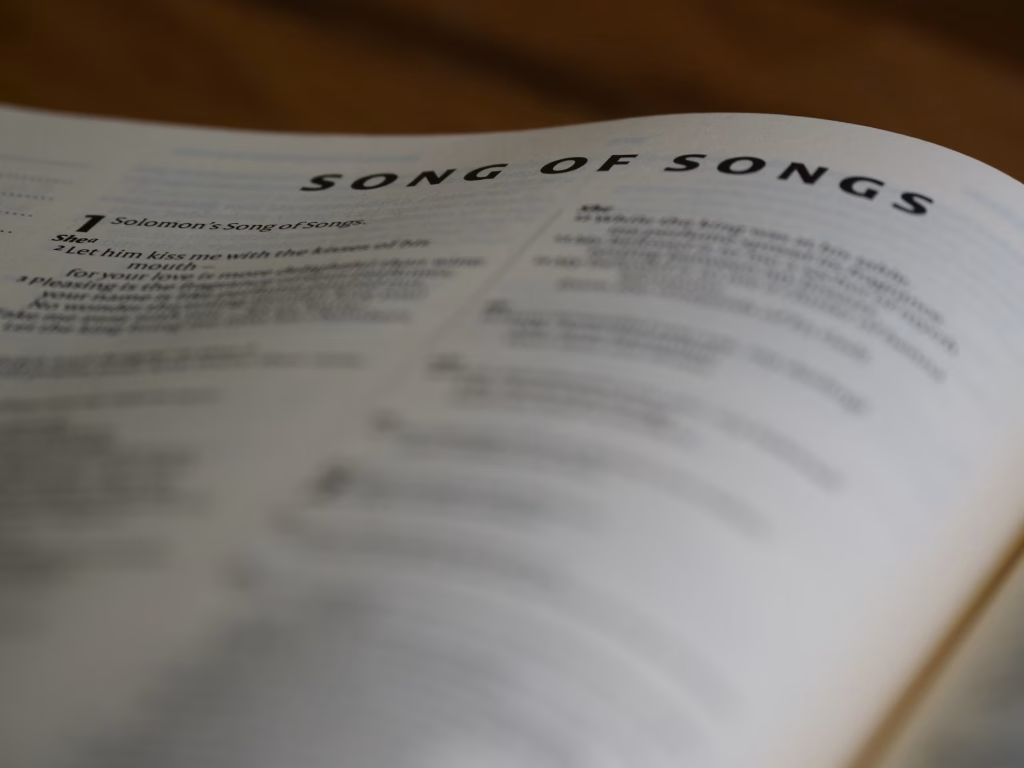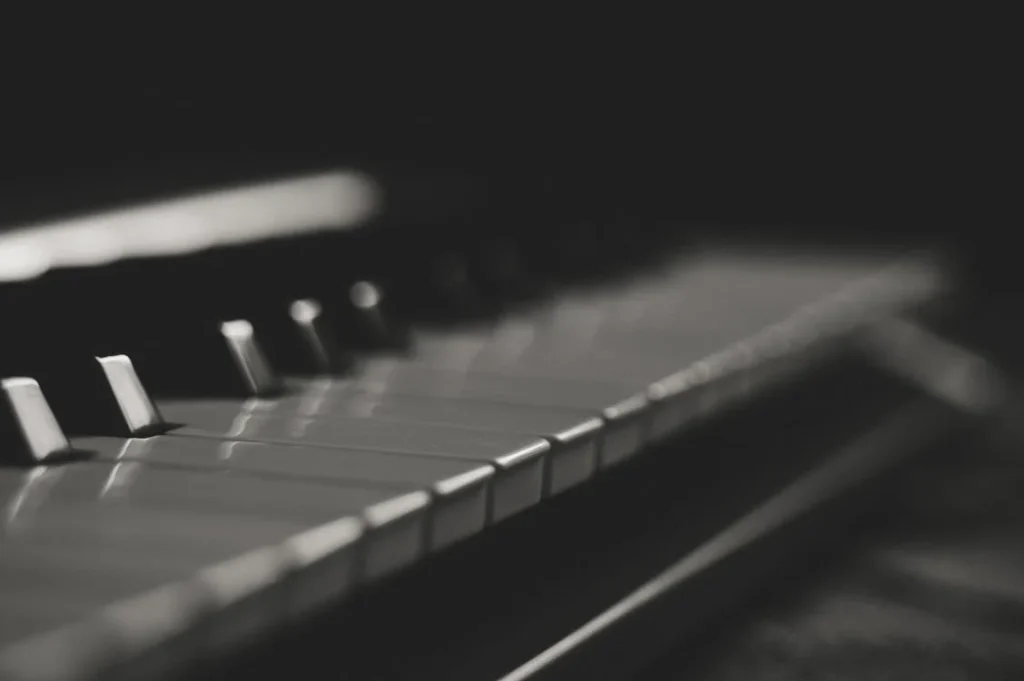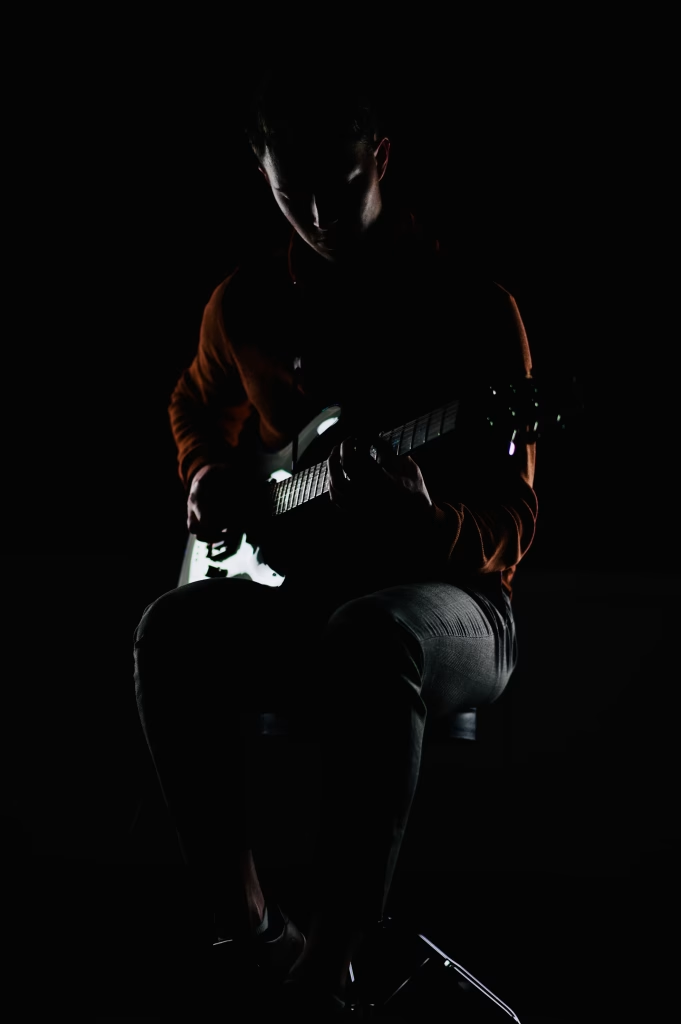There’s a raw magic in music born from pain, the kind that threads your wounds into melodies, transforming sorrow into shared resilience. When a singer’s voice trembles with truth or a lyric cuts deeper than any therapy session, that vulnerability doesn’t show weakness—it radiates courage. In a world craving emotional authenticity, turning heartbreak into music isn’t just art—it’s healing, connection, and strength.
1. Why Emotional Honesty Resonates Deeply
1.1 Authentic Connection
Songs written from the heart foster instant empathy. Listeners feel: “She’s singing my story, too.” By exposing inner landscapes, artists offer a sense of shared experience and community .

1.2 Catharsis and Healing
By translating emotional pain into melodies and words, songwriters process and release trauma. It’s therapeutic, mirroring the structure of talk therapy and providing emotional control through creativity.

1.3 Strength Through Vulnerability
Being emotionally open on stage or in a studio is an act of bravery. Artists who lead with their truth gain respect and loyalty—vulnerability becomes transformative leadership (and brand strength) .
2. How Artists Weave Pain into Melody
Construction Techniques
- Imagery & Metaphor: Transform feelings like loneliness into powerful metaphors. A tear becomes a river, a broken heart becomes a kitchen to clean up emotional mess.
- 5‑Sense Writing: Referencing taste, sight, even atmosphere makes pain palpable: “The taste of stale coffee after we broke up” .
- Narrative Storytelling: Building arcs—descent into sadness, confrontation, and resolution—mirrors emotional healing.

Song Structure for Emotion
- Introduction – Set scene with feeling (e.g., “Empty room, half-empty cup”).
- Verse – Detail the hurt (“Your text ghosted; my heart froze”).
- Chorus – Amplify emotion (“I scream your name, but only echoes return”).
- Bridge – Show shift or realization (“I’m not a ghost in your story”).
- Outro – Embrace change or acceptance (“I’ll wash this room clean”).
3. Real Life Benefits of Vulnerable Songwriting
| Benefit | What it Does for You | How it Shows in Music Work |
| Emotional release | Reduces agony, triggers growth | Lyrics that articulate unspoken emotions |
| Self‑discovery | Boosts awareness, identity clarity | Songs evolve as you evolve |
| Confidence & resilience | Builds through creative risk | Sharing truth publicly and overcoming fear |
| Audience connection | Sparks understanding and shared empathy | Genuine, raw lyrics that resonate universally |
| Societal impact | Encourages difficult conversations | Bridging personal pain with universal truths |
4. Turning Pain Into Your Musical Strength
Step‑by‑Step Songwriting Guide
- Pick One Emotion – Focus your theme: grief, anger, emptiness.
- Journal Freely – Outline key images or scenes tied to that emotion.
- Pick Song Images – Choose metaphors that hit hard emotionally.
- Write a Scene – Paint a short emotional moment in a verse.
- Bring in Melody – Match minor chords or slower tempo to your mood.
- Find the Climax – Make the chorus your emotional catharsis.
- Leave It Open – Resolution doesn’t have to be neat; leave space.

Tips for Emotional Accuracy
- Write quickly: first draft rawness preserves authenticity.
- Use metaphor for sensitive topics.
- Share with trusted peers for feedback before public release.
- Revise only if meaning is blurred—not to “polish” authenticity.
5. Healing and Artistic Triumph
- Expressive songwriting is recognized in music therapy for relieving stress, trauma, and grief.
- Listener Responses: Reddit users say it’s like therapy—“Songwriting has been my therapy; writing lyrics is a way of processing and letting it all out”.
- Creative Growth: As emotional honesty deepens, artistry matures—moves from hiding behind facades to forging real, resonant work .

6. Balancing Vulnerability With Boundaries
You Deserve Ownership
Protect your well-being. Avoid numb retelling—rewrite from a growth perspective. Seek help if emotions become overwhelming.
Strategic Sharing
Build trust gradually—small audiences first, then broader release as you gain strength.
Self-Care Practices
Channel emotion through other means: journaling, movement, art. Continually reassess your emotional readiness.
7. Conclusion: Vulnerability as a Superpower
When heartache fuels music, something remarkable happens: we connect deeply with ourselves and each other. Pain becomes art, shame becomes strength, and solitary grief becomes collective healing.

Next time you pick up a guitar or pen a lyric, remember: your vulnerability is your greatest power. Turn your hurt into harmony and know you’re not alone. In that melody lies remembrance, resilience and the human gift to transform pain into beauty.
